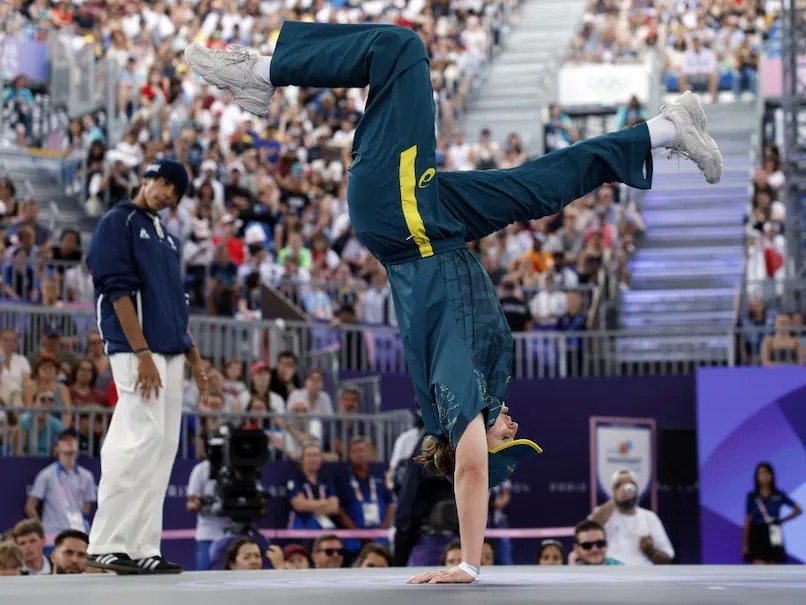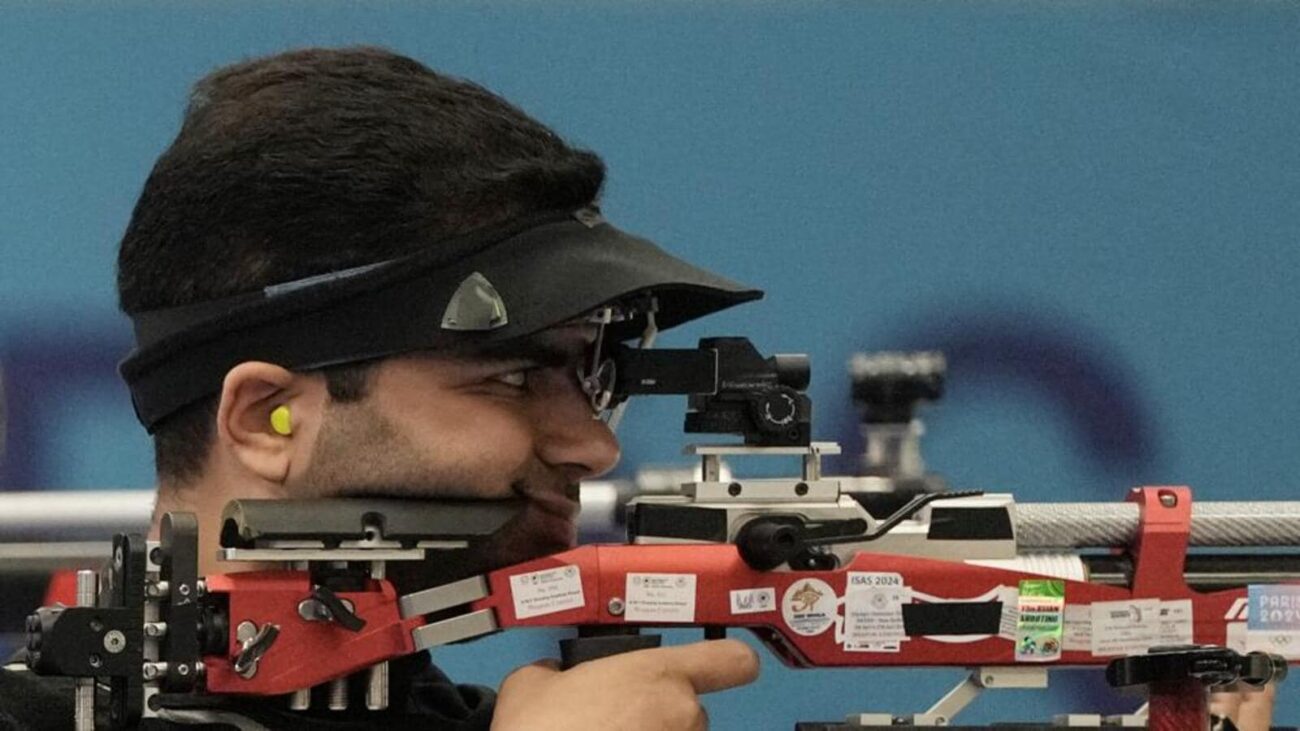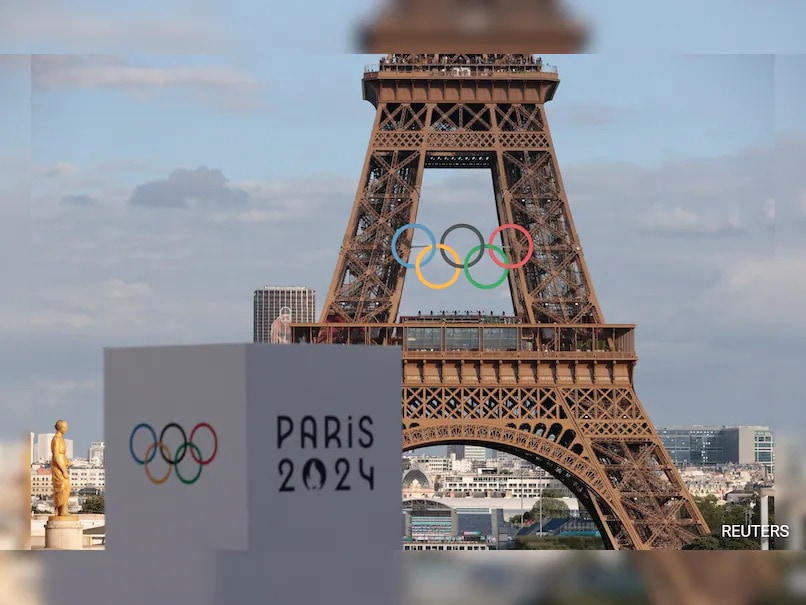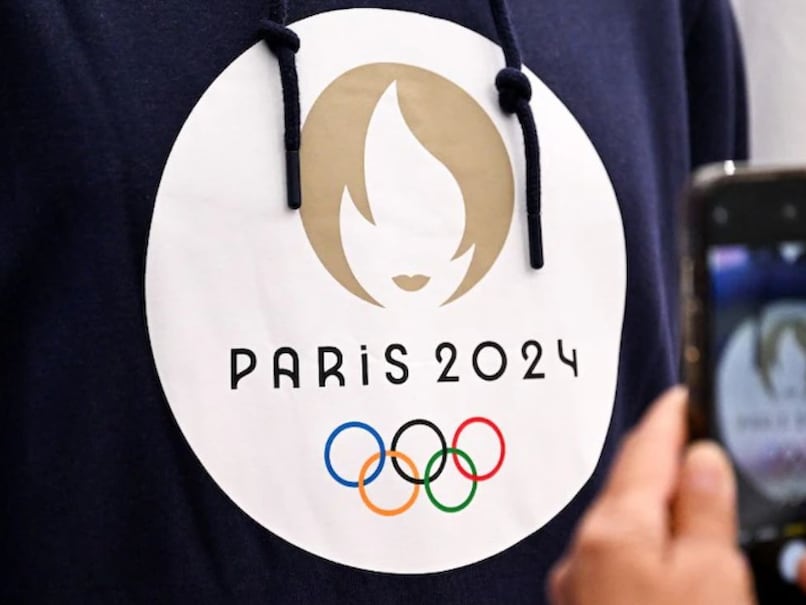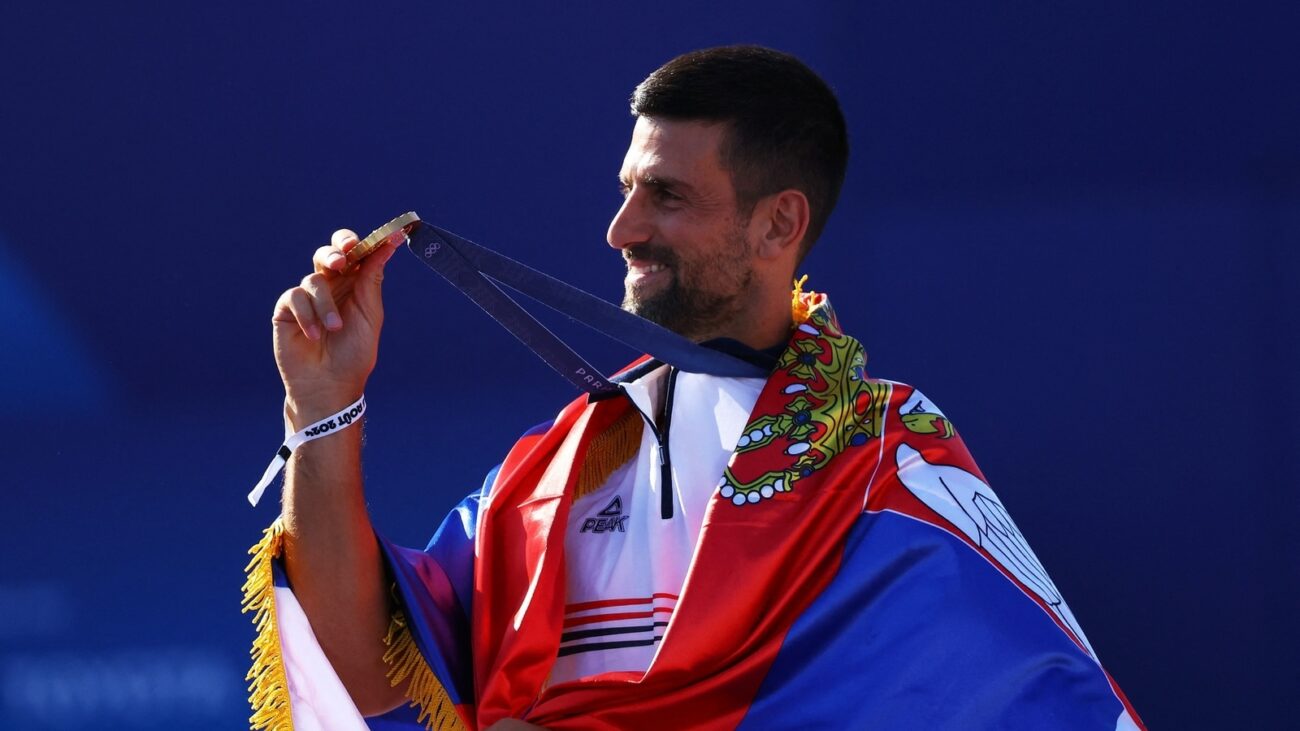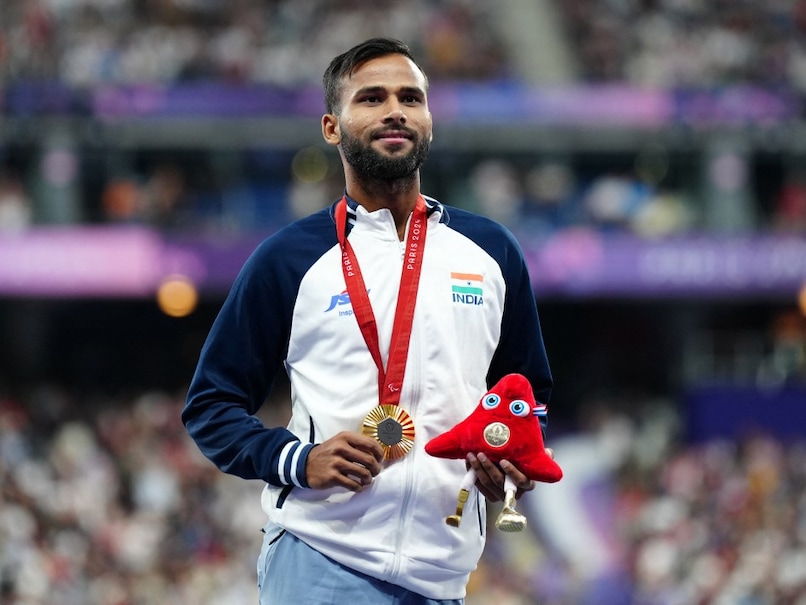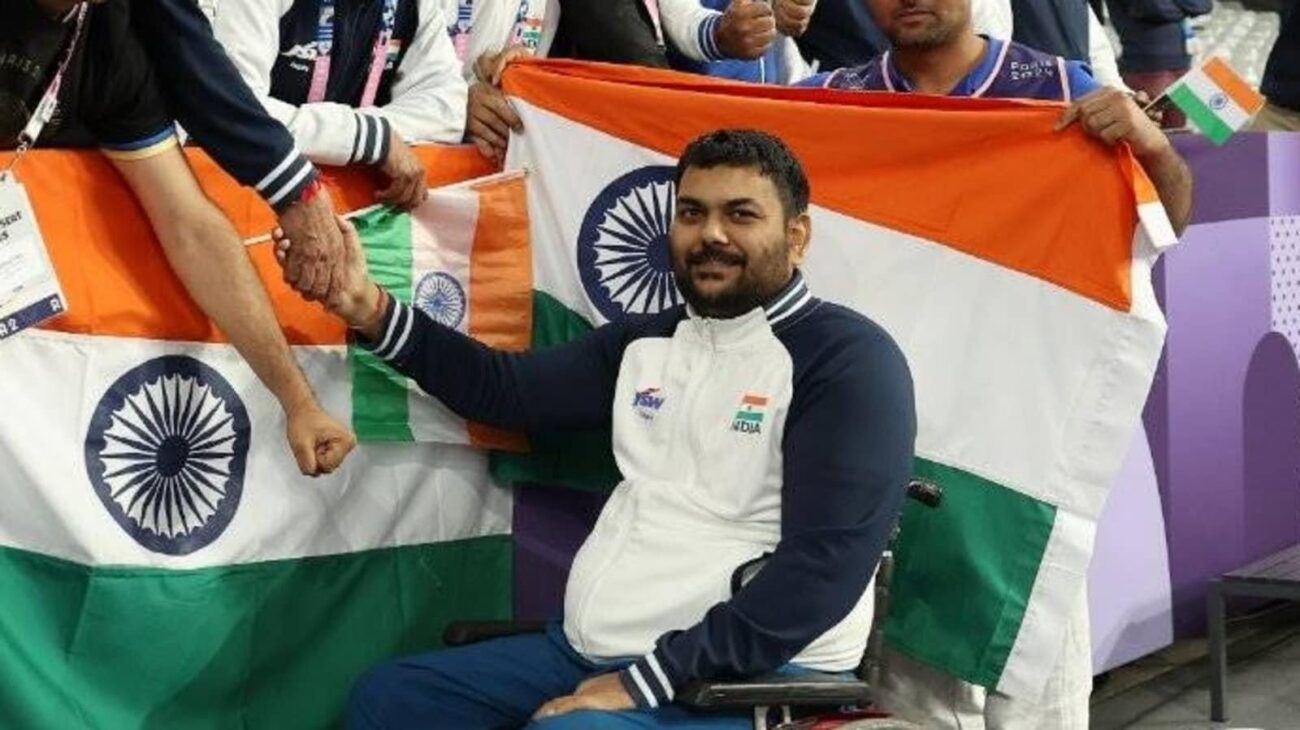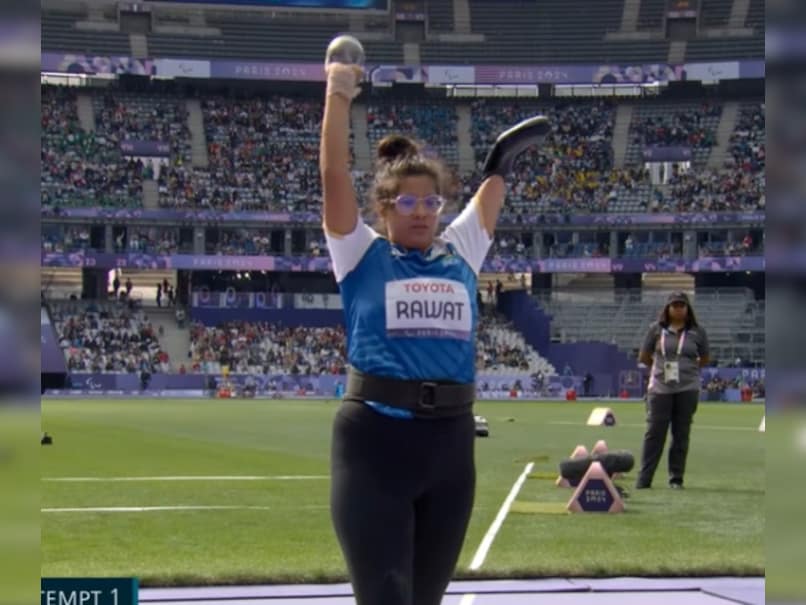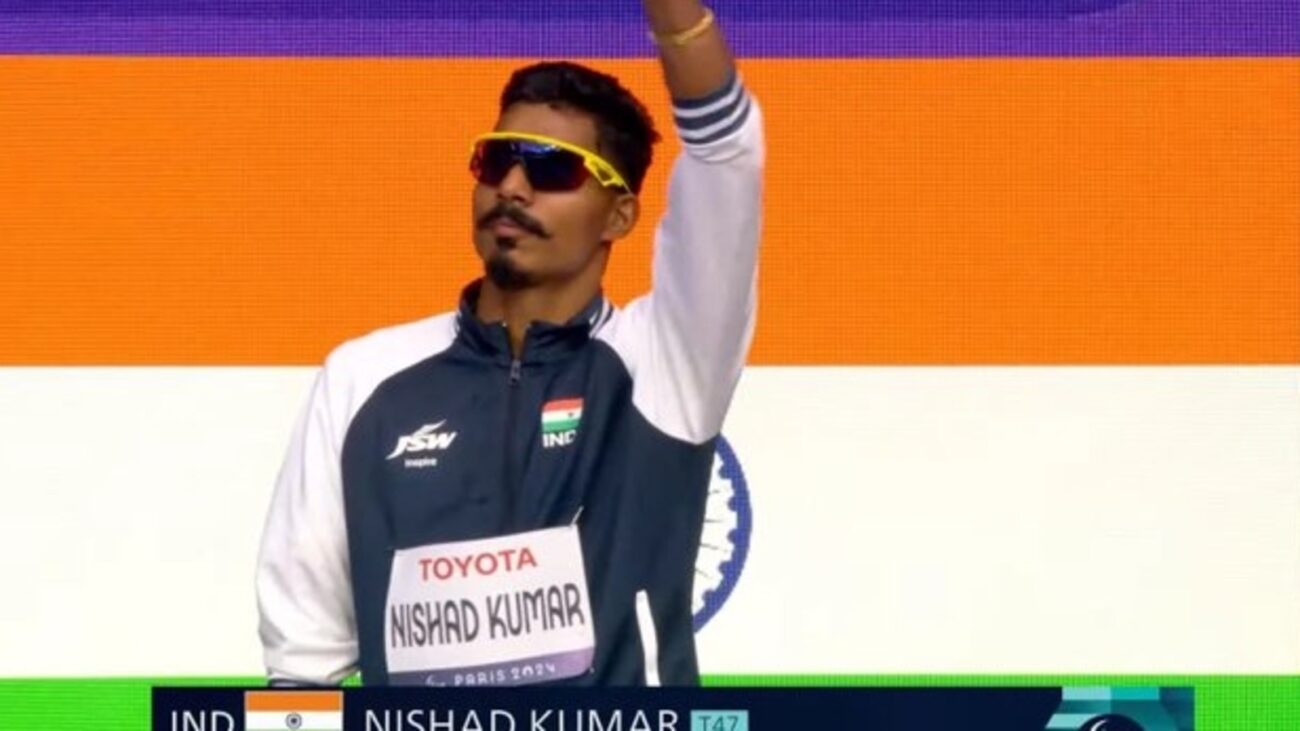Australian Breakdancer Retires After Olympic Backlash
Australian breakdancer Rachael “Raygun” Gunn has announced her retirement from competition following a barrage of criticism and mockery after her performance at the Paris Olympics. Gunn’s unconventional routine, which included kangaroo hops and sprinkler imitations, drew widespread ridicule and became a subject of late-night talk show jokes.
The 37-year-old Gunn, a university lecturer, faced intense scrutiny and conspiracy theories questioning her qualification for the Australian Olympic team. The backlash, she said, had been “really upsetting” and prompted her decision to end her competitive career.
“I’m not going to compete anymore,” Gunn told Australian radio station 2DayFM. “I was going to keep competing for sure, but that seems like a really difficult thing for me to do now. The level of scrutiny that’s going to be there… it’s just not going to be the same experience.”
Gunn had previously condemned the “pretty devastating” hatred directed at her after the Olympics. “I went out there and I had fun. I did take it very seriously. I worked my butt off preparing for the Olympics and I gave my all,” she said in a video message.
Despite the mockery, Gunn received support from fellow Australian Olympians and even Prime Minister Anthony Albanese. She emphasized that she would continue to dance, albeit not in competition. “I still dance, and I still break. But, you know, that’s like in my living room with my partner,” she said.
“Dancing is so much fun, and it makes you feel good. I don’t think people should feel crap about the way that they dance. If you get out there, and you have fun on the dance floor then just own it.”
Ironically, Gunn briefly topped the World Dance Sport Federation (WDSF) rankings in September after winning the Oceania Championship. The sport of breaking made its Olympic debut in Paris but will not be included in the 2028 Los Angeles Games.

